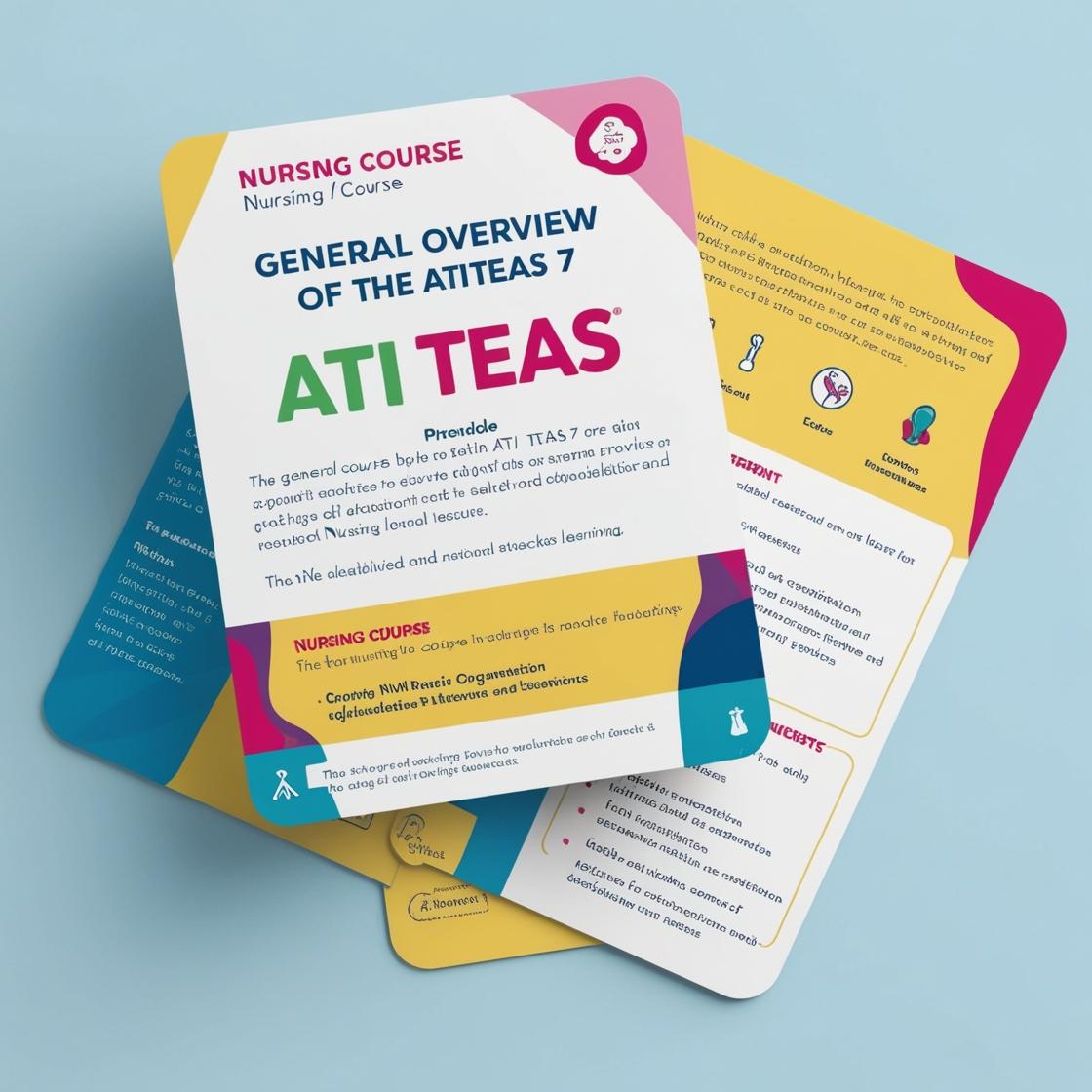ATI TEAS 7
Math Practice TEAS Test
1. A woman wants to stack two bookcases, one 32.75 inches tall and another 17.25 inches tall. How tall will they be when stacked together?
- A. 49.5 inches
- B. 50 inches
- C. 48 inches
- D. 51 inches
Correct answer: B
Rationale: To find the total height of the stacked bookcases, you need to add the heights of the two bookcases: 32.75 inches + 17.25 inches = 50 inches. Therefore, the correct answer is 50 inches. Choice A (49.5 inches) is incorrect as it does not consider rounding off the total height. Choices C (48 inches) and D (51 inches) are incorrect as they do not accurately calculate the sum of the heights of the two bookcases.
2. Can a rational number be a fraction or decimal, or must it be a whole number?
- A. It must be a whole number
- B. It can be a fraction or decimal
- C. It can be any of the three
- D. It cannot be a decimal
Correct answer: C
Rationale: The correct answer is C. A rational number can be a whole number, fraction, or decimal. A rational number is any number that can be expressed as a ratio of two integers (where the denominator is not zero), which includes whole numbers, fractions, and decimals. Choice A is incorrect because rational numbers are not limited to being whole numbers. Choice B is incorrect because a rational number can be a fraction, decimal, or whole number. Choice D is incorrect because rational numbers can definitely be decimals, as long as the decimal representation is either terminating or repeating.
3. Margery plans a vacation with costs for airfare, hotel (5 nights), sightseeing, and meals. If she receives a 10% discount on additional hotel nights, what will she spend?
- A. 1328.35
- B. 1373.5
- C. 1381.4
- D. 1417.6
Correct answer: A
Rationale: To calculate Margery's total cost, we first need to find the cost without the discount. Let's say the original cost is x. With a 10% discount, she saves 10% of the cost of additional hotel nights. Since she is staying for 5 nights, the discount applies to 4 additional nights (5 - 1 night already included). Therefore, she saves 10% of 4 nights' cost. If x is the cost of 1 night, the total cost without discount is 5x. With the 10% discount, she saves 0.1 * 4x = 0.4x. So, the cost after discount is 5x - 0.4x = 4.6x. Given that the total cost is 5x for 5 nights, we can equate 5x to 4.6x to find x. Solving for x, we get x = Total cost / 5 = 5x / 5 = 4.6x / 5. Therefore, x = 4.6x / 5, which simplifies to x = 0.92 * 5x. This means 1 night's cost is 0.92 times the total cost for 5 nights. Given the total cost is $1328.35, we find the cost for 1 night is $1328.35 / 5 = $265.67. So, Margery will spend $1328.35 for her vacation.
4. Which unit of measurement is larger, inches or centimeters?
- A. Inches are larger
- B. Centimeters are larger
- C. They are the same size
- D. It depends on the measurement
Correct answer: A
Rationale: Inches are larger than centimeters. This is because one inch is equivalent to 2.54 centimeters. Therefore, when comparing the two units, inches are greater in length than centimeters. Choice B is incorrect as centimeters are smaller than inches. Choice C is incorrect as inches and centimeters are not the same size. Choice D is incorrect as the relationship between inches and centimeters is fixed, with inches being larger in general.
5. What is the formula for the area of a circle?
- A. A = πr²
- B. A = 2πr
- C. A = πd
- D. A = 2πd
Correct answer: A
Rationale: The correct formula for the area of a circle is A = πr², where π is a mathematical constant approximately equal to 3.14159 and r is the radius of the circle. Choice B, A = 2πr, represents the circumference of a circle, not the area. Choice C, A = πd, incorrectly uses the diameter (d) instead of the radius in the formula for area. Choice D, A = 2πd, is also related to the circumference of the circle, not the area. Therefore, option A is the only correct formula for calculating the area of a circle.
Similar Questions

Access More Features
ATI TEAS Premium Plus
$149.99/ 90 days
- Actual ATI TEAS 7 Questions
- 3,000 questions with answers
- 90 days access
ATI TEAS Basic
$99/ 30 days
- 3,000 Questions with answers
- 30 days access
